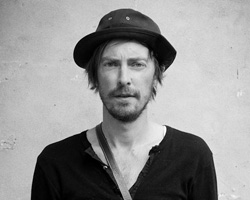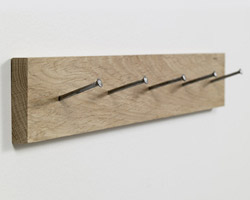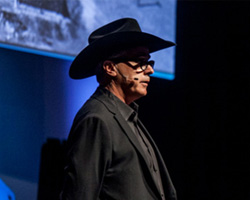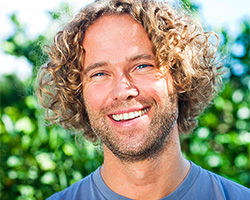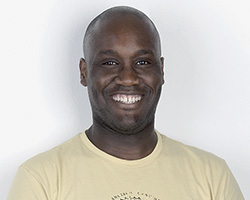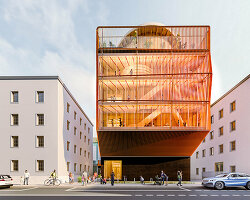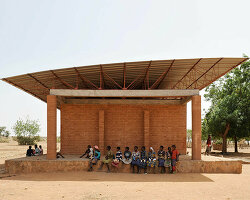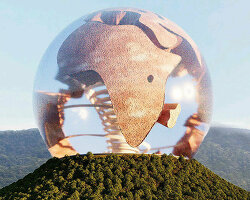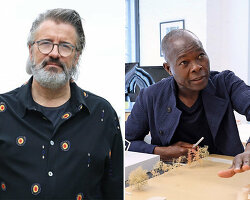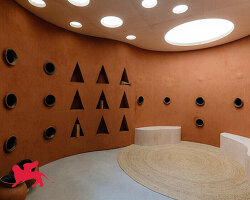KEEP UP WITH OUR DAILY AND WEEKLY NEWSLETTERS
PRODUCT LIBRARY
the apartments shift positions from floor to floor, varying between 90 sqm and 110 sqm.
the house is clad in a rusted metal skin, while the interiors evoke a unified color palette of sand and terracotta.
designing this colorful bogotá school, heatherwick studio takes influence from colombia's indigenous basket weaving.
read our interview with the japanese artist as she takes us on a visual tour of her first architectural endeavor, which she describes as 'a space of contemplation'.
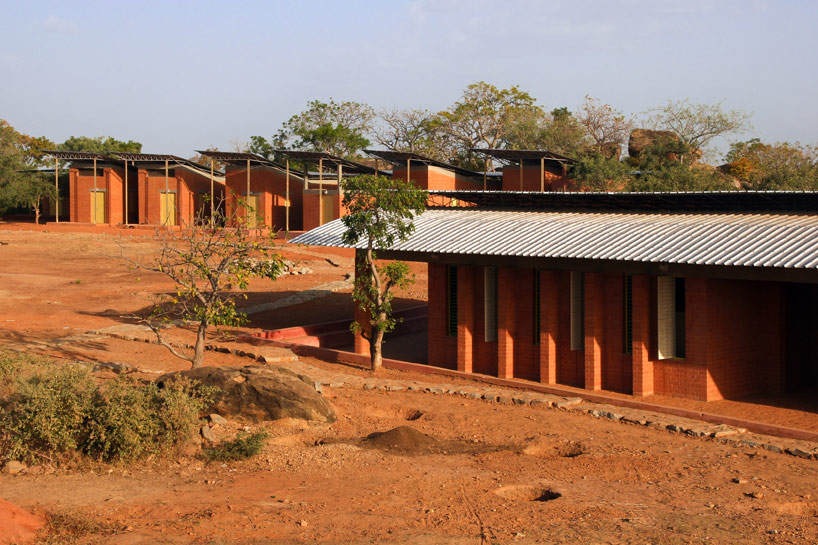
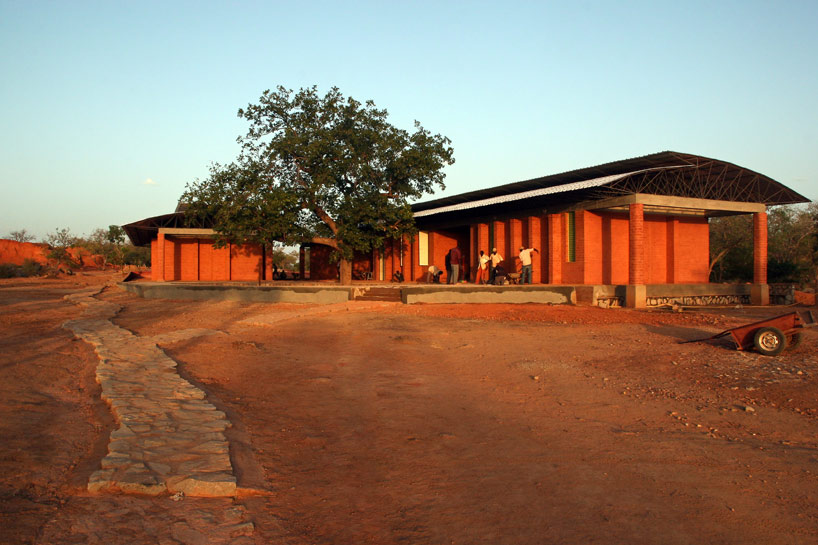 recently completed school
recently completed school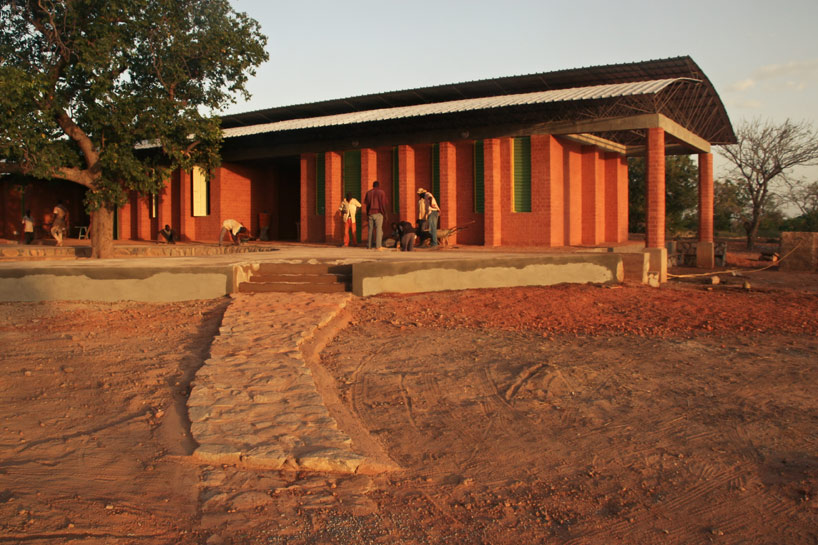 double skin roof membrane over a clay brick construction
double skin roof membrane over a clay brick construction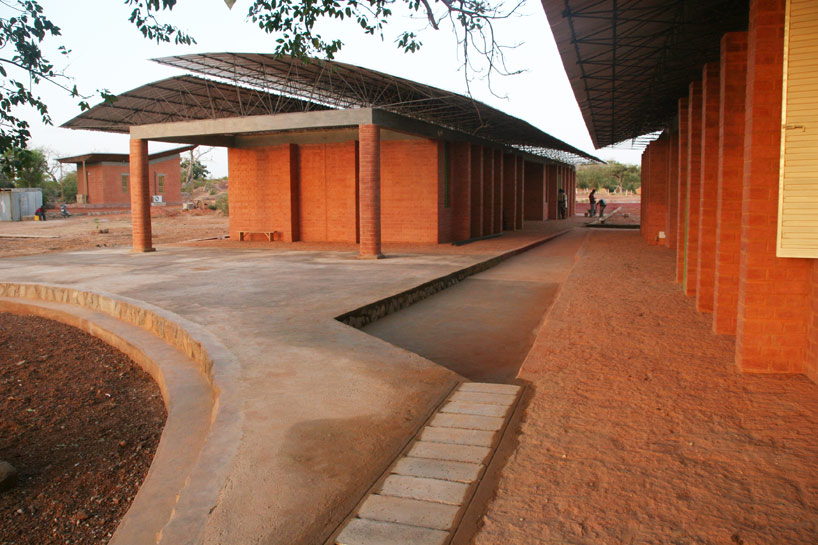 landscaping provides public seating and gathering areas
landscaping provides public seating and gathering areas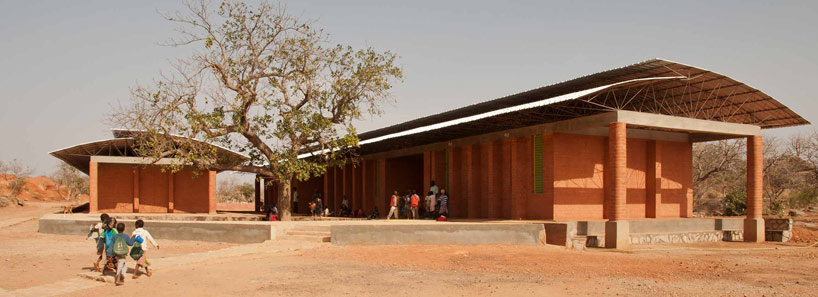
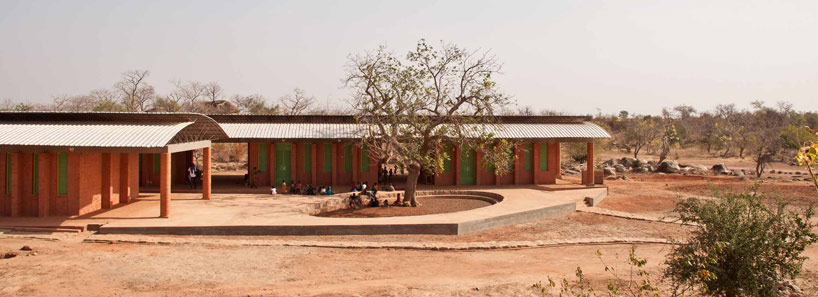
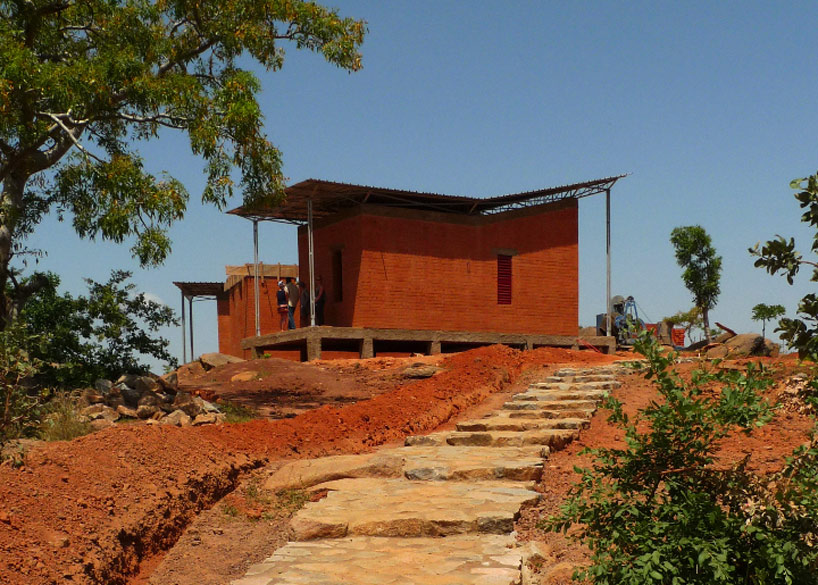
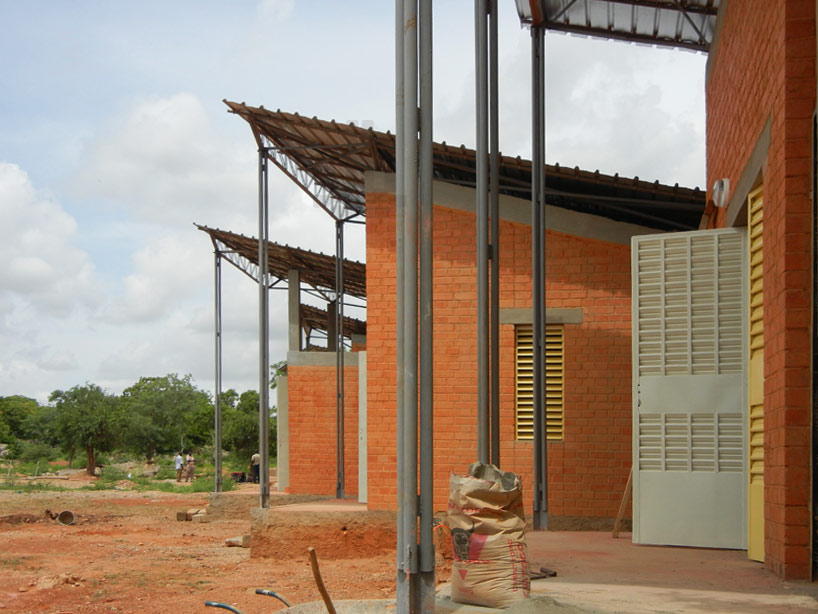 individual service and living unitsimage © aino laberenz
individual service and living unitsimage © aino laberenz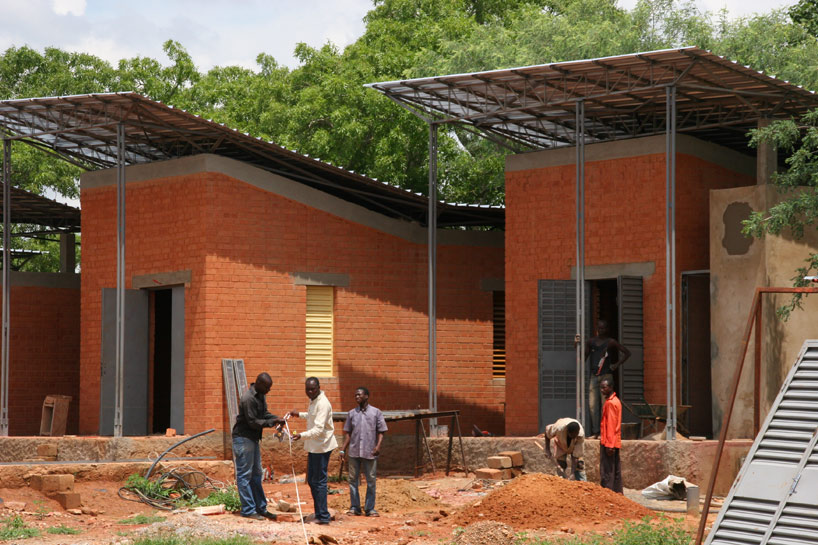
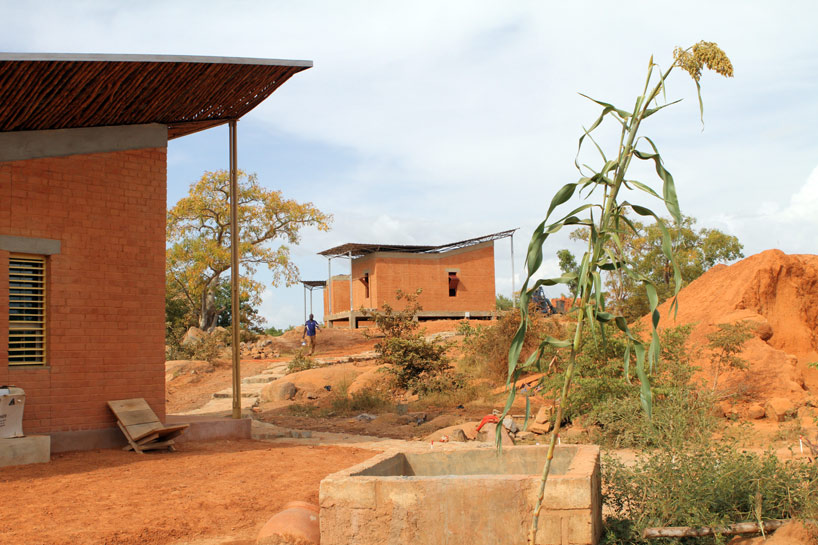 image © michael bogar
image © michael bogar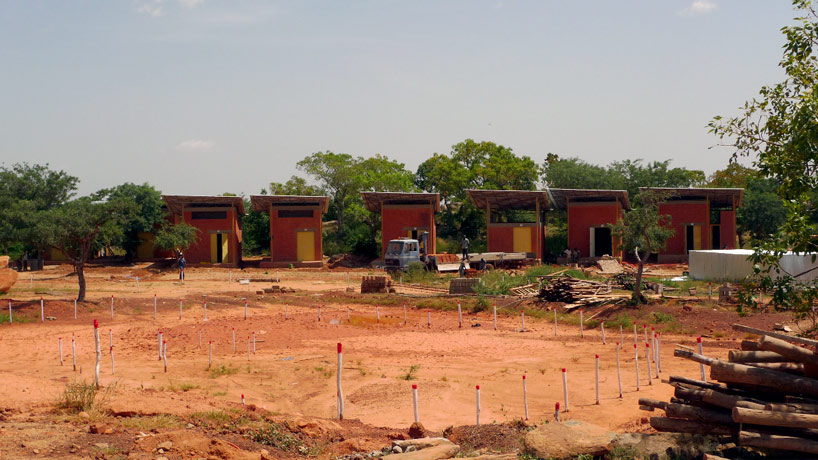 image © aino laberenz
image © aino laberenz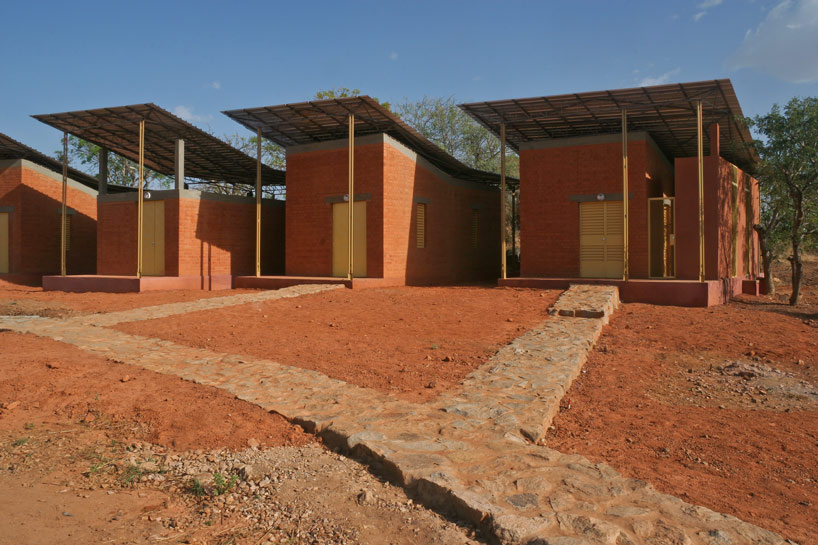 modular residential units
modular residential units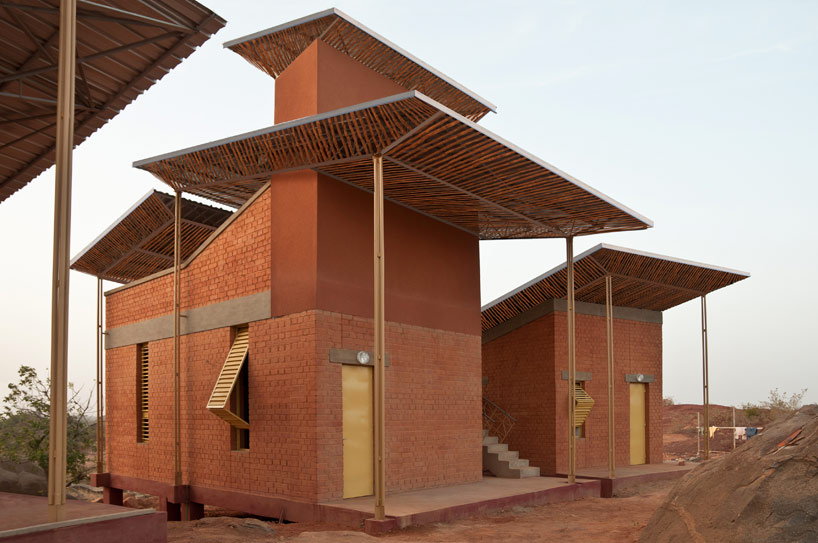 houses utilizing the same design strategies
houses utilizing the same design strategies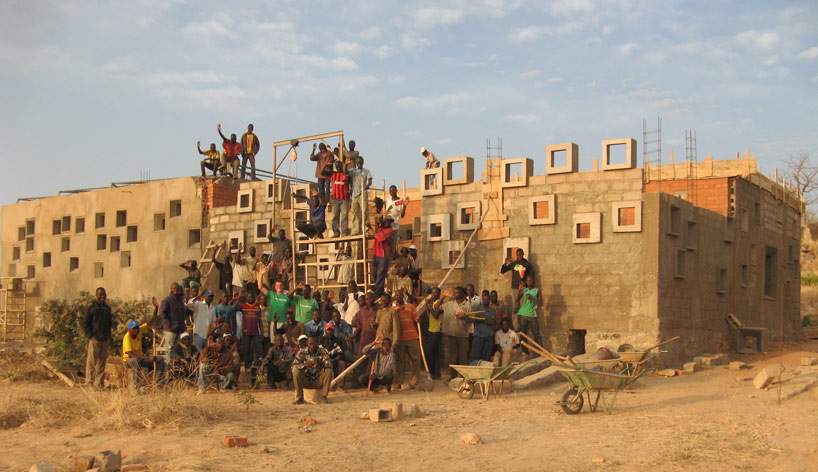 construction of the infirmary. see more images
construction of the infirmary. see more images 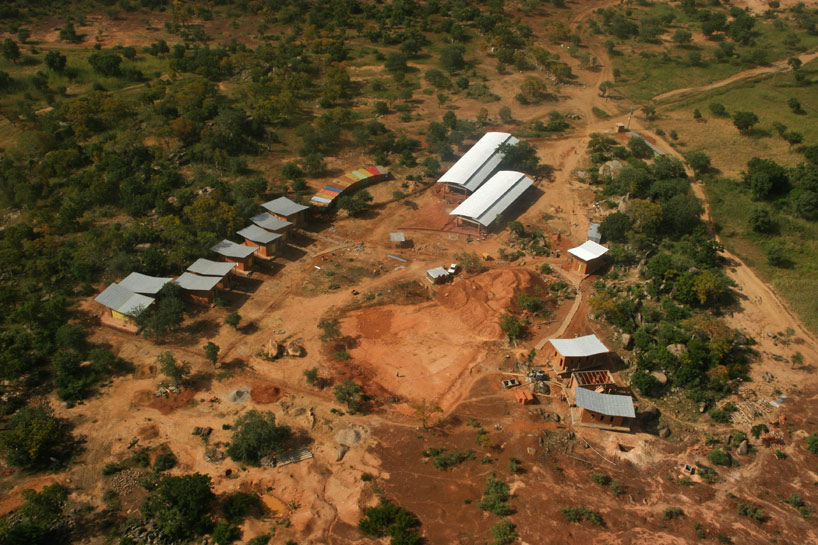 aerial view
aerial view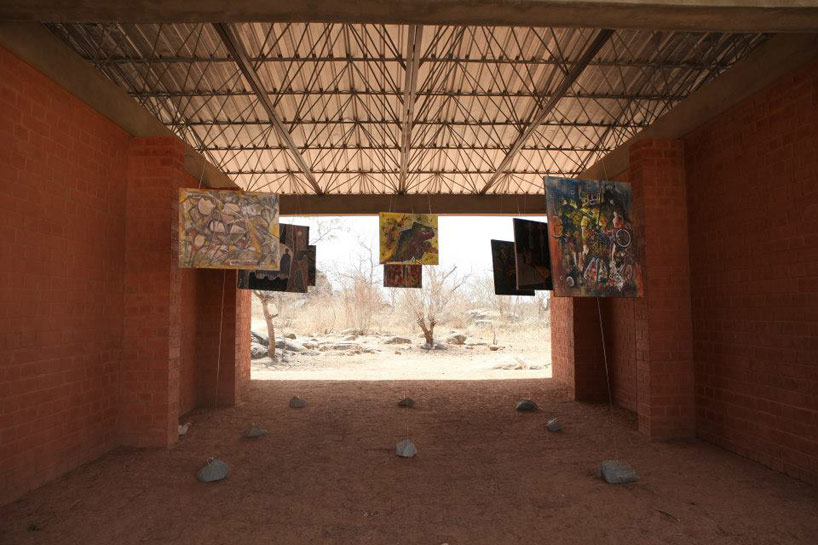 first art gallery exhibition image © enfants village
first art gallery exhibition image © enfants village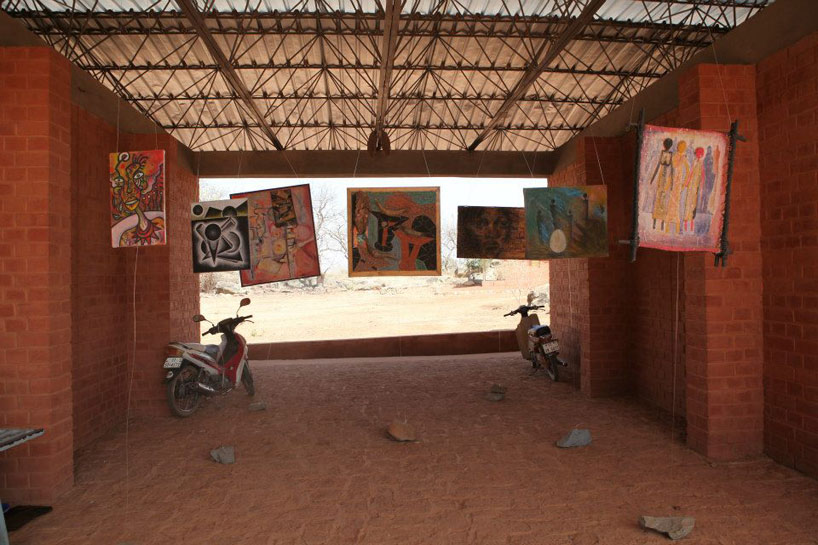 image © enfants village
image © enfants village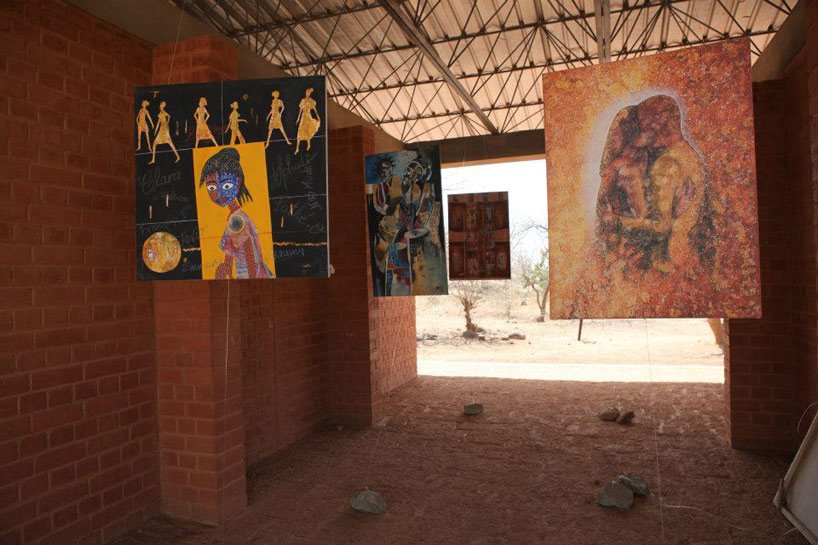 image © enfants village
image © enfants village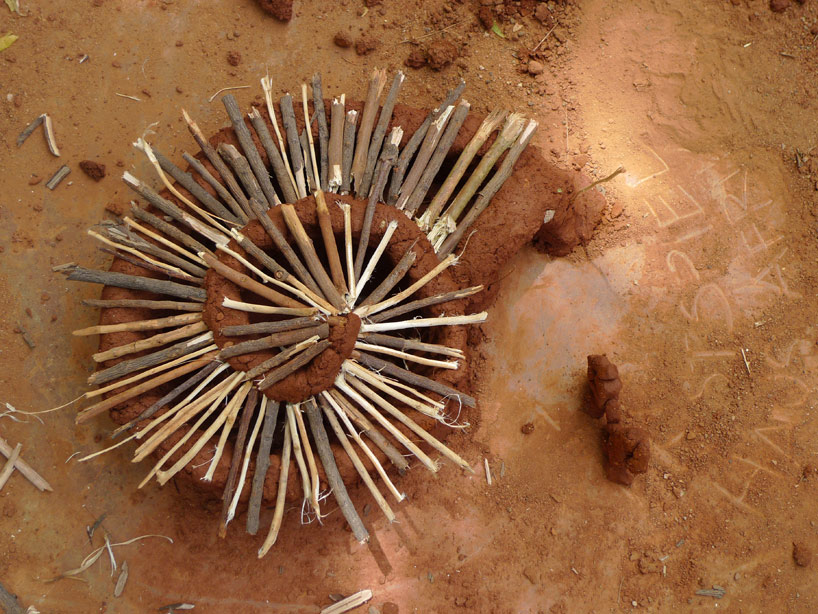 concept model
concept model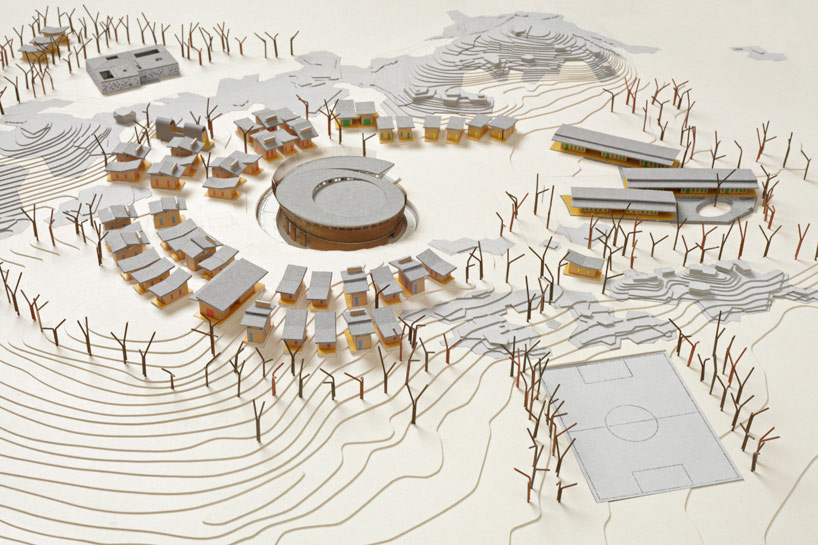 master plan model
master plan model model
model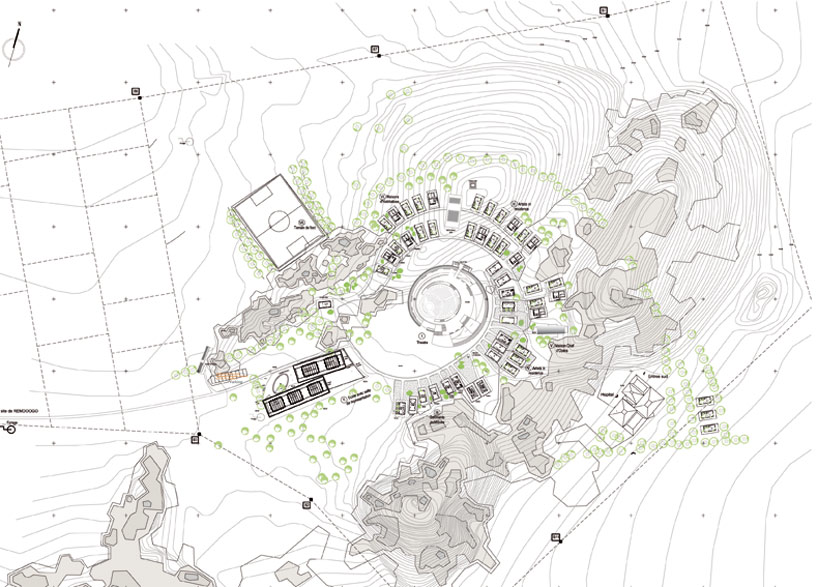 site plan
site plan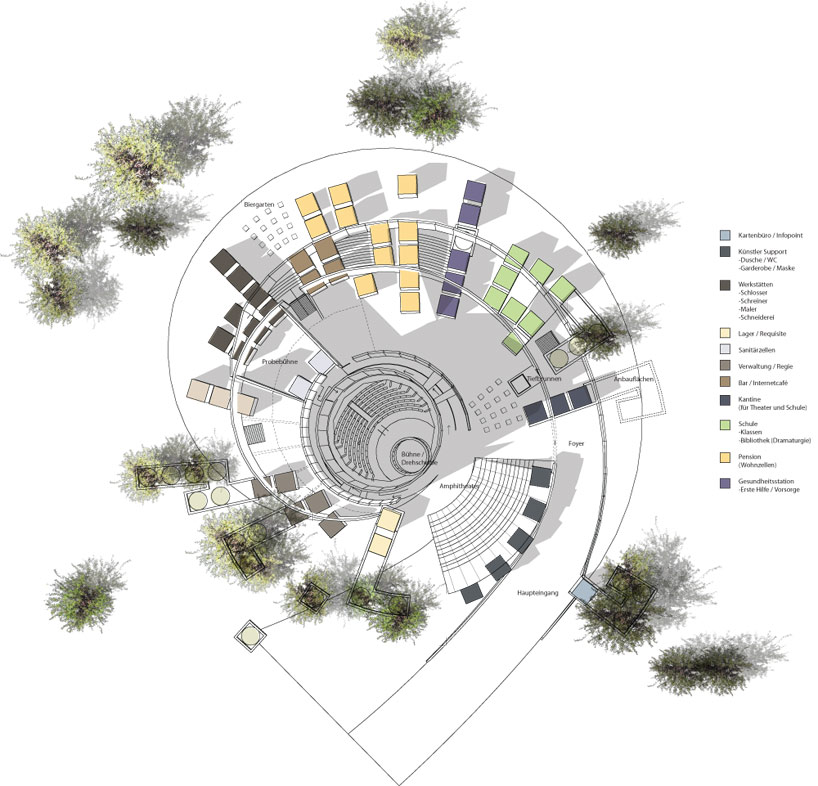 program study
program study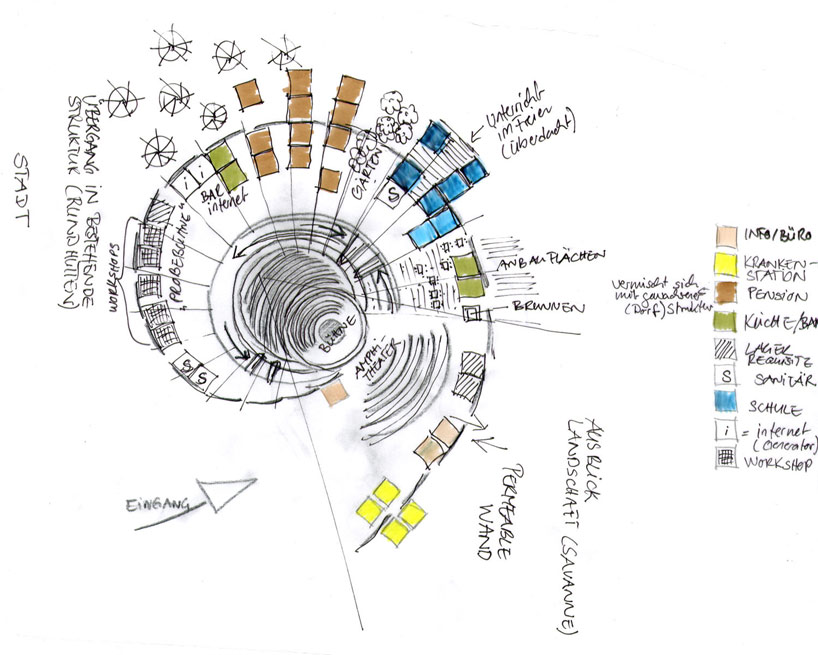 concept sketch
concept sketch full section
full section section detail
section detail section
section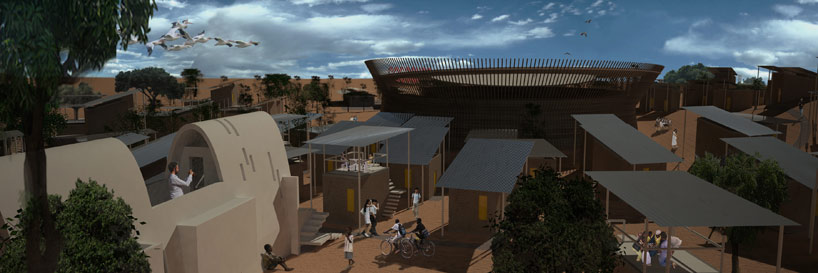 render
render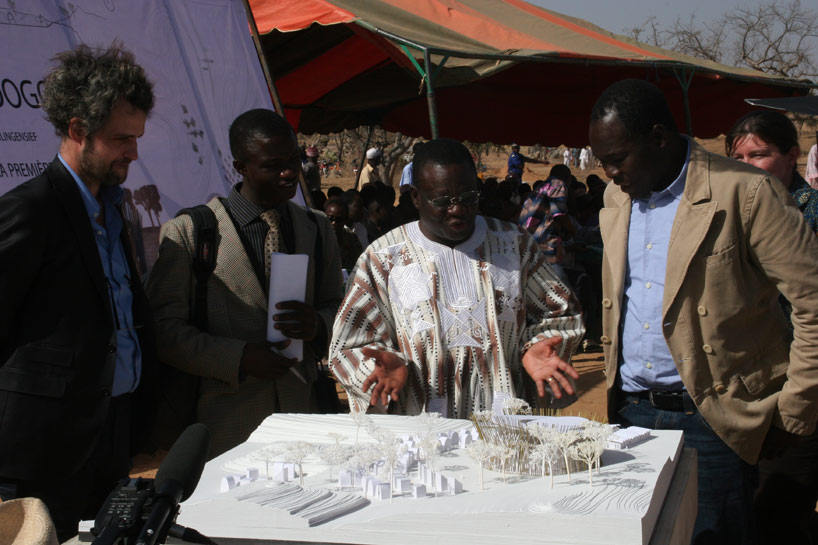 theater director and promoter christoph schlingensief (left) and diebedo francis kere (right) presenting the project to local architects
theater director and promoter christoph schlingensief (left) and diebedo francis kere (right) presenting the project to local architects